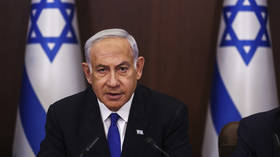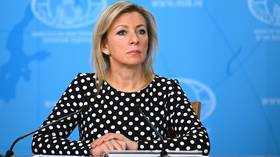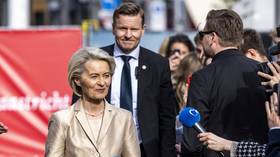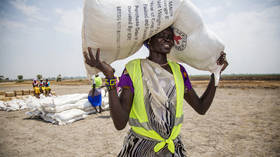Pope praises ‘epic times’ of Mongolian Empire
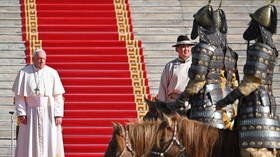
Pope Francis has offered his take on the largest contiguous land empire in history, the Mongol Empire, praising the massive 13th-century state for its “absence of conflicts,” as well as for “embracing” various lands under its rule.
The Pontiff made the remarks last week during his Apostolic Journey to Mongolia, extolling the country’s present-day “religious freedom” and speaking highly of the “epic times of the Mongolian empire.”
“The fact that the empire could embrace such distant and varied lands over the centuries bears witness to the remarkable ability of your ancestors to acknowledge the outstanding qualities of the peoples present in its immense territory and to put those qualities at the service of a common development,” the Pope stated in his address.
The Mongol Empire model “should be valued and re-proposed in our own day,” he declared.
“May Heaven grant that today, on this earth devastated by countless conflicts, there be a renewal, respectful of international laws, of the conditions of what was once the pax mongolica, namely, the absence of conflicts.”
The Mongol Empire emerged in the early 13th century with the unification of multiple nomadic tribes in the Mongol homeland under the leadership of Temujin, best known as Genghis Khan. The nomad state launched a major conquest, with vast armies sent in all directions from Mongolia. The empire steadily grew until the late 13th century, incorporating present-day China, all of Central Asia, Iran, as well as parts of modern Iraq, Russia, Türkiye and other European states, becoming the largest-ever contiguous land empire in history.
The sprawling empire ultimately fell into disarray over various issues, including administrative troubles, succession disputes, and religious tensions. In 1294, it was split into four lesser empires but re-emerged again as a looser federative construct under the Mongol-led Yuan dynasty of China. With the fall of the imperial dynasty in the mid-14th century, a unified Mongol empire ceased to exist.




